5 Nights / 6 Days
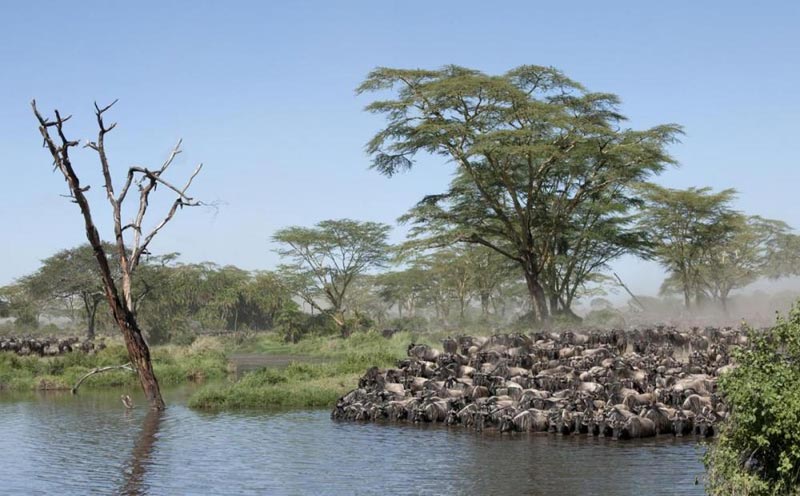
Airfare and Airport taxes
Visas
Any items not specifically mentioned in the inclusions section
Tips, Porterages & gratuities beverages, laundry, telephone calls, scheduled flights, medical charges for inoculations, gratuities, excess baggage charges as imposed by airlines, forwarding of baggage and purchases, international air transportation or internal air
personal insurance and all other expenses of a personal nature.
Christmas and easter supplements
Medical and travel insurance
Telephone, faxes and emails
Meet in Arusha. After lunch, drive through the Ngorongoro Highlands to your lodge situated on the rim of the crater. The crater covers over 300 square kilometers of land and is the home of the rare black rhino, prides of lion, elephant, cheetah and great herds of buffalo, antelope and wildebeest. Dinner and overnight at a lodge in Ngorongoro
NGORONGORO CRATER A UNESCO protected World Heritage Site and an International Biosphere Reserve, the Ngorongoro Conservation Area is a pioneering experiment in multi-purpose land use where people (the Maasai), their livestock and wildlife coexist and share the same protected habitat. The craters of Ngorongoro and Empakai are reserved exclusively for wildlife, while the rest of the Conservation Area is shared by wildlife, people and livestock. The Maasai, the main residents of Ngorongoro, are pastoralists who move widely with their herds of cattle, sheep, goat and donkeys in search of pasture and water. In recent years the Maasai have been encouraged to work on the land and supplement their traditional diet of milk and meat.
The Ngorongoro Crater, which is the central attraction in the area, is the largest Caldera in the world that has its walls intact. The Ngorongoro Crater floor, a sheer drop of 610 meters below the crater rim, has an area of about 300 square kilometers, with a diameter of 19 kilometers. The sight of the Ngorongoro Crater is simply stunning. “There is nothing with which to compare. It is one of the wonders of the world....” once wrote Professor Bernard Grzimek. The crater floor is home to tens of thousands of plains animals, including wildebeest, zebra, gazelles, elands, and a large predator population of lions, hyena and jackal which can all be viewed at close quarters. The rare black rhino can be viewed here, and if you are lucky you can see cheetah and leopard. The rain season is between November and May. The altitude at the crater rim is about 2286 meters above sea level, and temperatures can get quite chilly in the evening, especially between May to September.
Today you will descend over 600 meters to the floor of the crater for a day crater tour. Explore the forest areas that are inhabited by monkey and elephant, the lake area, where you may see the flamingos and the open savannah where the lions hunt for food. Picnic lunches will be served in the crater. Dinner and overnight at a lodge in Ngorongoro.
After breakfast drive to Oldupai Gorge, site of Louis and Mary Leakey’s renowned archaeological discoveries. Their findings include some of the man’s earliest known ancestral remains. Continue to Serengeti National Park in time for lunch. This enormous park supports every variety of animal imaginable - from large predators such as lion, leopard and cheetah to the smaller herbivores they prey on. Afternoon game drive. Dinner and overnight at a lodge in Serengeti
SERENGETI NATIONAL PARK A World Heritage Site and recently proclaimed a World Wide Wonder, Serengeti National Park is undoubtedly one of the most famous wildlife sanctuaries in the world. The park is located some 320 km to the northwest of Arusha, lying in a high plateau between the Ngorongoro highlands and the Kenya/ Tanzania border, and extending almost to Lake Victoria to the west, covering a total area of 14,763 square kilometres. Aptly named “endless plains” by the Maasai people, you immediately experience this vastness as you enter the southeastern plains of the park from Ngorongoro.
Declared a protected area in 1921 and gazetted as National Park in 1951 Serengeti is the oldest National Park in Tanzania. The principal features of the Serengeti are the short and long grass plains in the south and east, the acacia Savannah in the central areas, the hilly and densely wooded areas in the north and the extensive woodland in the west. There is a variety of scenery, which include the plains, lakes, hills and the rock outcrops called kopjes. The main game drive areas in the Serengeti are the Seronera Valley, the Western Corridor, and northern Serengeti. The Seronera valley in central Serengeti, endowed with permanent surface water, attract a large concentration of wildlife throughout the year. Common animals that can be seen here are lions, buffaloes, impalas, hippos, waterbucks, elephants, cheetahs, the leopard, and over 400 species of birds. Serengeti provides sanctuary to the highest concentration of plains animals in the world.
Today you spend the whole day on game drive in this National Park, which is rich with all different species of animals. To maximize game viewing you will carry a picnic lunch with you and spend full day in the Serengeti National Park. Dinner and overnight at a lodge in Serengeti.
Breakfast at your lodge. Drive to Lake Manyara, a soda lake lying in the Great Rift Valley. Lunch at Lake Manyara. In the afternoon game drive in Lake Manyara National Park, home of the tree-climbing lions. Apart from the varied types of landscape including jungle, swamp and savanna, there are also a large variety of animals including Giraffe, Zebra, Elephant, Gazelle, hippos, monkeys and about 400 different species of birds. Dinner and overnight in a lodge around Lake Manyara
LAKE MANYARA NATIONAL PARK Located 125 km west of Arusha town, on the foot of the wall of the Great Rift Valley, Lake Manyara National Park is one of the oldest and most popular sanctuaries in East Africa. The park has a large variety of habitats, making it possible to support a wealth of wildlife in its small area.
The main habitats include the shallow soda lake itself which occupies 77% of the National Park total area of 330 square kilometres, the ground water forest, open grassland, acacia woodland and the rift wall. The most famous spectacle in the park is the tree-climbing lions, which are occasionally seen along branches of acacia trees.
Other animals found in the park include buffalo, elephants, leopards, baboons, impala, giraffes, zebra, wildebeest, ostrich and hippos. Popularly referred to as an ornithologist's paradise, Lake Manyara National Park contains over 400 bird species found in most savanna and river habitats in East Africa. Common water birds to be seen here are pelicans, spoonbills, Egyptian geese and the migratory flamingoes, which arrive in hundreds of thousands creating one of Africa's great natural sights over the soda lake.
After breakfast, drive back to Arusha. Lunch is provided in Arusha. Transfer to JRO airport.
| Validity | Standard 3* | Superior 4* |
| Jan, Feb, July to Oct | AED 12300 | AED 11050 |
| Mar, Nov, Dec 1-20 | AED 9899 | AED 9670 |
| June | AED 10910 | AED 11500 |
| Apr, May | AED 8399 | AED 8580 |
AT holidays is a part of Al Abbas Travels LLC Dubai. Established in 1992, it is a member of Al Abbas Group and an IATA accredited agency specializing in Corporate Travel Management.
For more information please visit our Corporate website www.alabbastravels.com
AAT holidays opens up a world of exciting holidays for you. It is conceptualized by a team of professionals with a combined experience of more than 50 years in delivering holiday services. We strive to give a memorable holiday experience to our esteemed clients right from the time of planning the itineraries till the final execution. AAT holidays directly works with International Destination Management Companies around the world with a good reputation and also work with direct Hotel chains, local transport companies in many countries, enabling us to offer good services with competitive rates. Read More...
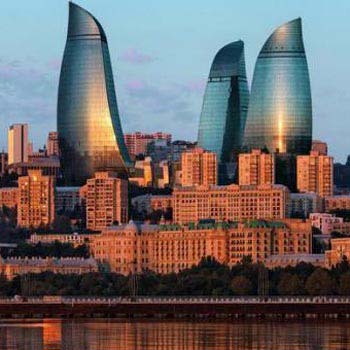 4D/3N
4D/3N
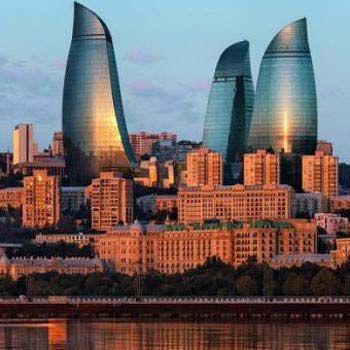 4D/3N
4D/3N
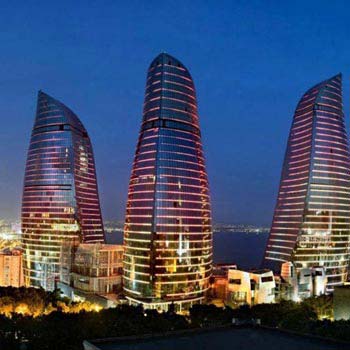 4D/3N
4D/3N
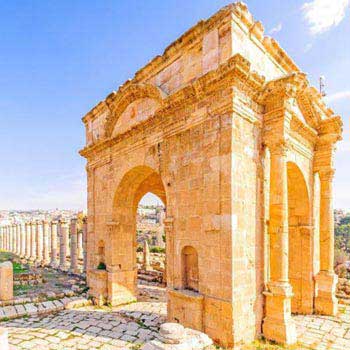 4D/3N
4D/3N
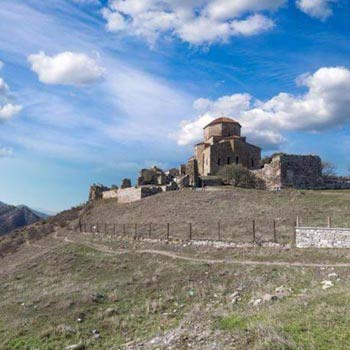 3D/2N
3D/2N
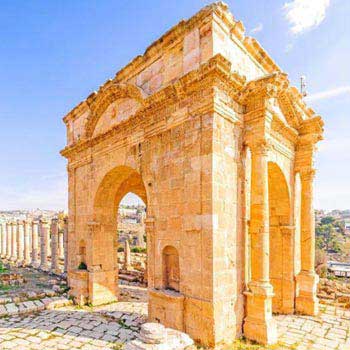 3D/2N
3D/2N
 3D/2N
3D/2N
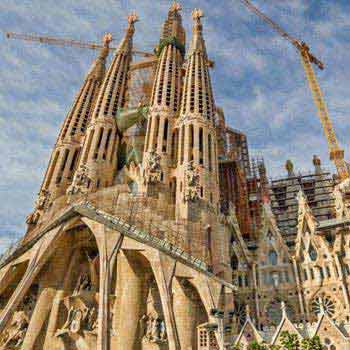 6D/5N
6D/5N
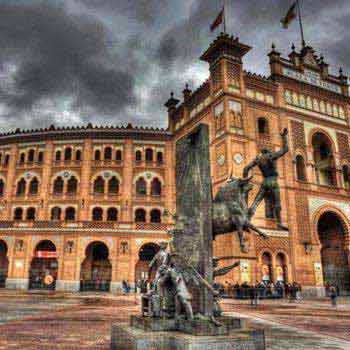 10D/9N
10D/9N
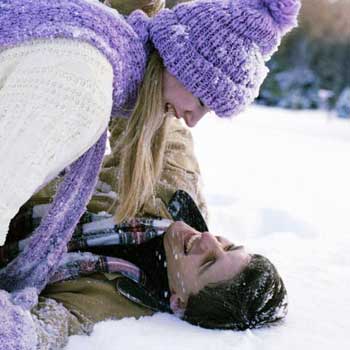 6D/5N
6D/5N
 6D/5N
6D/5N
Chardham Yatra By Helicopter Tour
Yamunotri - Gangotri - Kedarnath - Badrinath
 6D/5N
6D/5N
Srinagar,Pahalgam,Gulmarg,Sonamarg,Srina..
Srinagar - Pahalgam - Gulmarg - Sonamarg
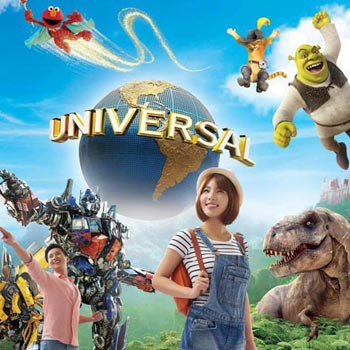 6D/5N
6D/5N
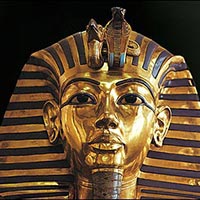 6D/5N
6D/5N
 6D/5N
6D/5N
 6D/5N
6D/5N
 6D/5N
6D/5N
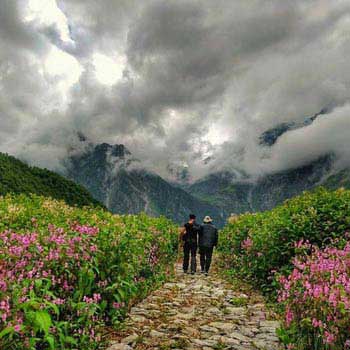 6D/5N
6D/5N
10-Day Luxury Honeymoon Safari & Zanziba..
Manyara - Ngorongoro - Zanzibar - Arusha
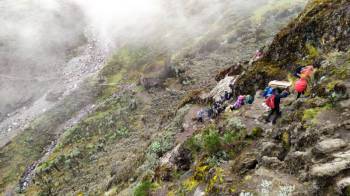 7D/6N
7D/6N
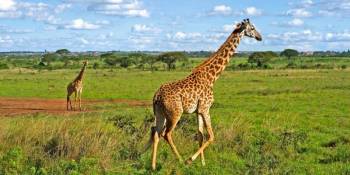 8D/7N
8D/7N
 9D/8N
9D/8N
 10D/9N
10D/9N
9 Nights 10 Days Safari, Wildlife Experi..
Arusha - Ngorongoro - Tarangire - Serengeti - Lake Natron - Lake Eyasi
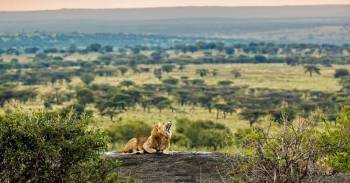 15D/14N
15D/14N
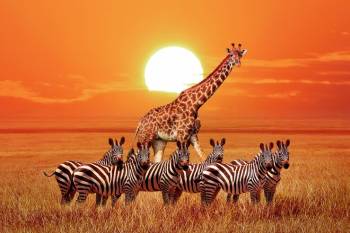 5D/4N
5D/4N
 8D/7N
8D/7N
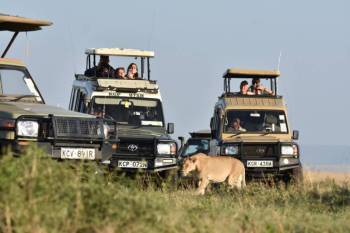 10D/9N
10D/9N
10-Day Kenya Tanzania Best Game Parks Sa..
Masai Mara - Ngorongoro - Arusha - Nakuru - Nairobi - Lake Victoria